What is Premises Liability Law: Responsibility, Examples, and Common Types
Table of contents
- Introduction
- What is Premises Liability Law?
- Common Types of Premises Liability Cases
- Analysis of California Premises Liability
- Examples of Premises Liability Lawsuits in California
- Common Defenses Used in Premises Liability Cases
- How Injury Lawyers Can Help?
Imagine walking through a quiet shopping center, enjoying a peaceful afternoon, when suddenly a wild Canadian goose darts out, knocking you over and fracturing your hip. It may sound far-fetched, but this is precisely what happened in the case of Webster v. Contemporary Water Crafters, Inc.. The case centered on a woman who sued after being injured by a wild goose at a Maryland shopping center, claiming the business was responsible for the aggressive bird's presence. The lawsuit, however, didn’t yield a golden verdict for the plaintiff, as the court ultimately sided with the shopping center. This case may seem extreme, but it highlights just how far-reaching premises liability law can be—even to situations involving wild animals.
Now, contrast this with a more straightforward scenario: In 2007, truck driver Holly Averyt slipped on grease while making a delivery to a Wal-Mart store in Colorado. This slip led to severe injuries that caused chronic pain and ended her career. The slip and fall jury in her case found Wal-Mart negligent, awarding Averyt $15 million in damages—a substantial sum for a slip-and-fall case.
These two vastly different cases—one involving a wild goose, the other an unsafe surface—underscore the complex nature of premises liability law. Premises liability law holds property owners or occupiers legally responsible when unsafe conditions on their property cause harm to someone lawfully on the premises. In California, as in other states, this area of law is particularly significant, as it protects both businesses and visitors by ensuring that reasonable care is taken to prevent accidents. Premises liability cases can range from minor mishaps to severe incidents with life-altering consequences.
In this article, we will explore the responsibilities of property owners, the types of cases that commonly fall under premises liability, and the legal nuances involved, using real-life examples and analysis to illustrate these principles.
What is Premises Liability Law?
In California, premises liability is primarily governed by California Civil Code Section 1714, which establishes the foundation of a property owner’s responsibility to others. Under this statute, property owners and occupiers have a duty to act with reasonable care to avoid causing harm to others. The code states that everyone is responsible for injuries caused by their lack of ordinary care in managing their property. This principle forms the basis of premises liability law in the state, making it clear that negligence in property management can result in legal accountability if someone is injured as a result.
Key to California premises liability is the idea that property owners must take reasonable steps to maintain their property in a safe condition. This includes fixing hazardous conditions like broken stairs, wet floors, or exposed electrical wiring and providing adequate warnings if a danger cannot be immediately remedied.
In addition to Section 1714, California’s Jury Instruction CACI No. 1000 further outlines the requirements for proving a premises liability case. The plaintiff must demonstrate the following:
- The defendant owned, leased, occupied, or controlled the property;
- The defendant was negligent in the use or maintenance of the property;
- The plaintiff was harmed
- The defendant’s negligence was a substantial factor in causing the plaintiff’s harm.
California courts also take into account whether the property owner knew or should have known about the dangerous condition, placing a strong emphasis on the owner’s knowledge and efforts to mitigate risks.
It’s important to note that California operates under a comparative negligence rule, meaning that even if the injured party is partly at fault for the accident, they can still recover damages. However, their compensation will be reduced by their percentage of fault.
These legal frameworks ensure that property owners in California are held accountable for maintaining safe conditions, providing the basis for premises liability claims across the state.
Common Types of Premises Liability Cases
1. Slip-and-Fall Accidents
A notable example of a slip-and-fall case is Zelaya v. Wal-Mart Stores, Inc. In this case, the plaintiff slipped on a puddle of water that had leaked from a refrigerator in a Los Angeles Wal-Mart, leading to severe injuries. The plaintiff successfully argued that Wal-Mart had been negligent in not cleaning up the water or providing adequate warnings. The jury awarded her over $1 million in damages.
According to the California Department of Public Health, slip-and-fall accidents are one of the leading causes of injury, particularly among older adults. Nationally, more than 800,000 people are hospitalized each year because of a fall injury, often involving broken hips or head injuries, and California contributes significantly to these statistics due to its large population. In fact, falls are the leading cause of non-fatal injuries in the state, making slip-and-fall cases among the most common premises liability claims.
2. Inadequate Security
In Delgado v. Trax Bar & Grill, the California Supreme Court ruled in favor of the plaintiff, who had been severely beaten in the parking lot of a bar. The bar had a history of violent altercations, but the owners failed to provide adequate security measures such as security guards or surveillance cameras. The plaintiff sued for premises liability, arguing that the bar should have taken reasonable steps to protect its patrons from foreseeable harm. The court ruled that the business owner had a duty to provide security, and the plaintiff was awarded damages. Although the decision was reversed after the appeal, the case is still a good example that businesses must take reasonable, minimally burdensome actions when they are aware of an imminent threat to patrons' safety.
In cases involving inadequate security, property owners can be held liable if they fail to protect individuals from foreseeable criminal acts. This is especially common in settings like malls, apartment complexes, and parking lots, where insufficient lighting, poor surveillance, or lack of security guards contribute to the risk of harm.
3. Dog Bites
Dog bites remain a significant issue in California, with a record number of people seeking emergency room treatment for these injuries in recent years. According to a report from the California Department of Health Care Access and Information, in 2022 alone, there were 48,596 emergency room visits due to dog bites—an alarming increase since the COVID-19 pandemic. This rise in incidents reflects heightened interactions between dogs and people, particularly as more households adopted pets during lockdown periods.
A prominent example of a premises liability case involving a dog bite is Priebe v. Nelson. In this case, the plaintiff, a kennel worker, was bitten by a dog at the defendant’s property. The court found the property owner liable under premises liability law because the dog’s aggressive tendencies were known, but proper precautions were not taken to prevent injury. In California, dog owners are strictly liable for bites under California Civil Code Section 3342, meaning they are responsible for damages even if the dog has no history of aggression.
Insights into California Premises Liability
the duty of care, which means the property owner or occupier has a responsibility to keep their property safe for visitors. The level of care required depends on why the person is on the property, whether they are there for business (like a customer) or not (like a guest). Next, the plaintiff must show that the property owner breached this duty—this could be by not fixing a known hazard or not warning people about it. After that, the plaintiff has to prove causation, meaning the unsafe condition directly caused their injury. Finally, there must be damages, such as medical costs, lost wages, or pain and suffering.
California’s premises liability law has some special rules. One key difference is the comparative negligence rule. This means that even if the person who was hurt is partly at fault, they can still get compensation, but their payment will be reduced by how much they were to blame. For example, if someone is 40% at fault, they can still recover 60% of their damages. This is more flexible than in other states where, if someone is more than 50% at fault, they may not get anything. California also has a strict liability rule for dog bites, meaning that dog owners are automatically responsible if their dog bites someone, even if the dog had never bitten anyone before.
There are thousands of premises liability cases in California every year, with many of them involving slip-and-fall accidents. Most of these cases are settled out of court, which means the parties agree on compensation before the case goes to trial. In fact, around 95% of premises liability cases across the U.S. are settled. Settlements in California can range from thousands of dollars to millions, depending on how serious the injury is and how much the property owner was at fault.
In recent years, California courts have shown mixed results in premises liability cases. They tend to side with the plaintiffs (the injured person) when there is clear evidence that the property owner was careless.
Common Defenses Used in Premises Liability Cases
Assumption of Risk
Assumption of Risk is a legal defense used in personal injury cases, where the defendant argues that the plaintiff voluntarily engaged in an activity knowing the risks involved, and therefore, should not be able to claim damages for any resulting injuries. This defense applies when the plaintiff had knowledge of the risk, understood the dangers, and willingly accepted those risks by participating in the activity.
A classic case of assumption of risk involves attending a baseball game. It is generally understood that there is a risk of being hit by a foul ball. If a spectator is injured by a foul ball, they typically cannot sue the stadium for negligence because they knowingly accepted the risk of that happening by attending the game.
Comparative Negligence
As explained in the previous section, under California’s comparative negligence law, individuals can still seek compensation for their injuries even if they are partially at fault for an accident. This system, known as pure comparative negligence, allows victims to recover damages proportionate to the percentage of fault assigned to them.
Lack of Knowledge
Property owners can defend themselves by proving they lacked knowledge of the dangerous condition. This defense hinges on the idea that the owner did not have actual or constructive knowledge of the hazard. If the dangerous condition appeared suddenly, and the owner did not have a reasonable opportunity to discover or fix it, they may not be held liable. Owners typically argue that they conducted regular inspections and had no way of knowing about the hazard in time to prevent the accident.
How Can a Personal Injury Lawyer Help?
A personal injury lawyer can play a crucial role in premises liability cases by guiding the injured party through the legal process and helping them prove the key elements of their claim, including the property owner's negligence. In a scenario similar to the Webster v. Contemporary Water Crafters, Inc., where an individual is injured by a wild animal on a property, a lawyer can help determine whether the property owner could have foreseen or mitigated the risk. They would also investigate if the property owner failed to take reasonable steps to prevent the injury, even though wild animal cases often present challenges.
In more straightforward cases, like slip-and-fall accidents (e.g., Zelaya v. Wal-Mart), a lawyer would assist the victim in gathering evidence, such as surveillance footage, maintenance records, and witness statements, to prove that the property owner was negligent in maintaining a safe environment. They would also handle negotiations with insurance companies and help ensure that the client receives appropriate compensation for medical costs, lost wages, and pain and suffering.
A personal injury lawyer can also protect the injured party from defenses often used by property owners, such as assumption of risk or lack of knowledge of the hazardous condition. They can challenge these defenses by proving that the property owner had knowledge (or should have had knowledge) of the dangerous condition and failed to act, as highlighted in cases involving inadequate security or dangerous conditions. This legal guidance is vital in achieving a favorable outcome in premises liability lawsuits.
If you’ve been injured due to unsafe conditions on someone else’s property, Shiganian Law is here to help. Contact Shiganian Law today for a free consultation 818-588-8974

What Happens If You're Partially At Fault in an Accident
After an accident, one of the first worries people often have is: “What if I was partly to blame? Does that mean I can’t recover anything?” read more
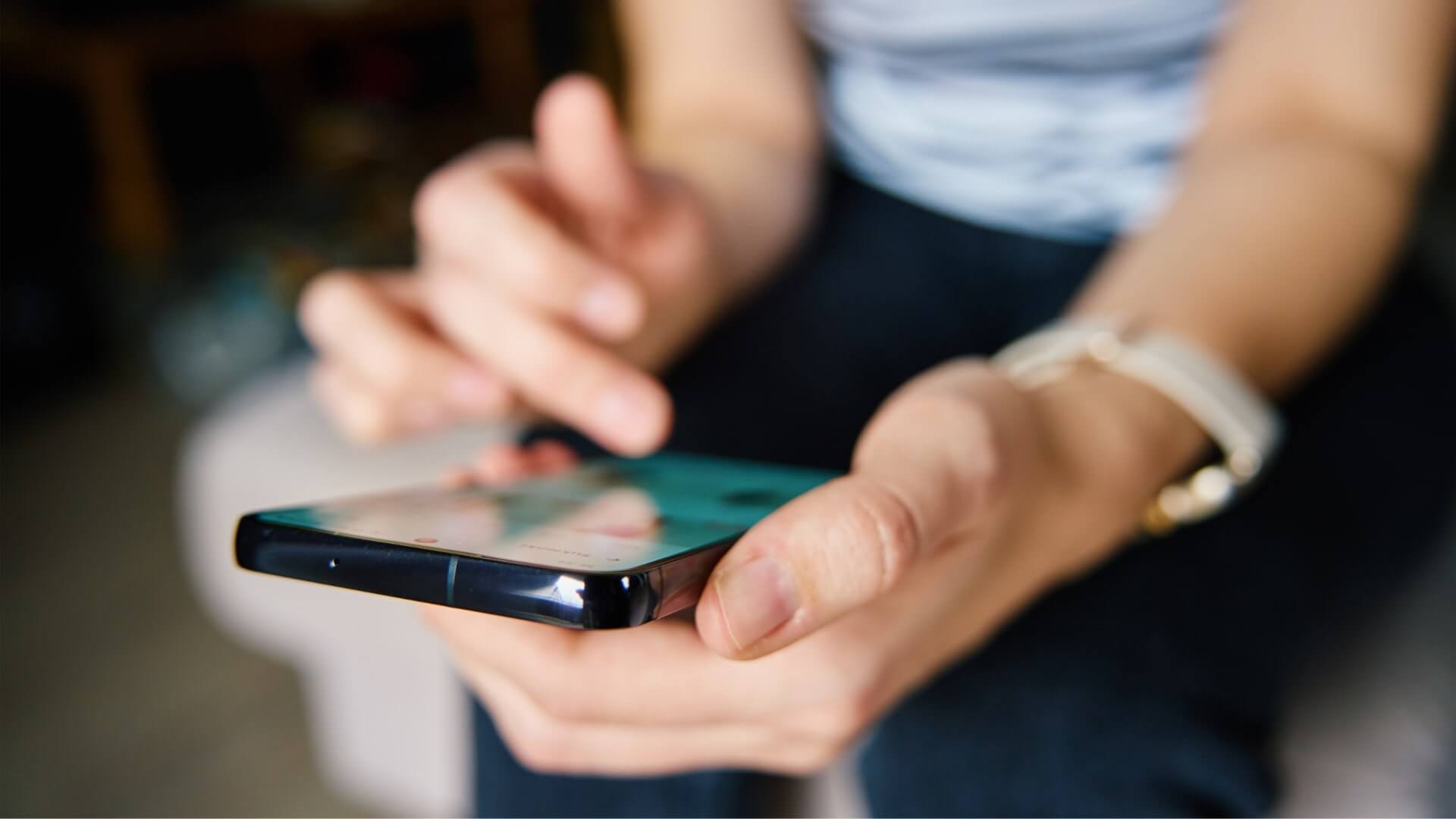
Think Before You Post: How Social Media Can Hurt Your Accident Claim
Sharing accident updates on social media may feel harmless—but insurance companies and defense attorneys can use your posts against you. Learn why posting after an accident is risky and how to protect your personal injury claim. read more

Why Shiganian Law is the Top Personal Injury Firm in Sherman Oaks and Encino
Shiganian Law delivers expert personal injury representation with a proven track record. Led by Isabel Shiganian, we offer personalized service, direct communication, and results-driven advocacy. No fee unless we win. read more
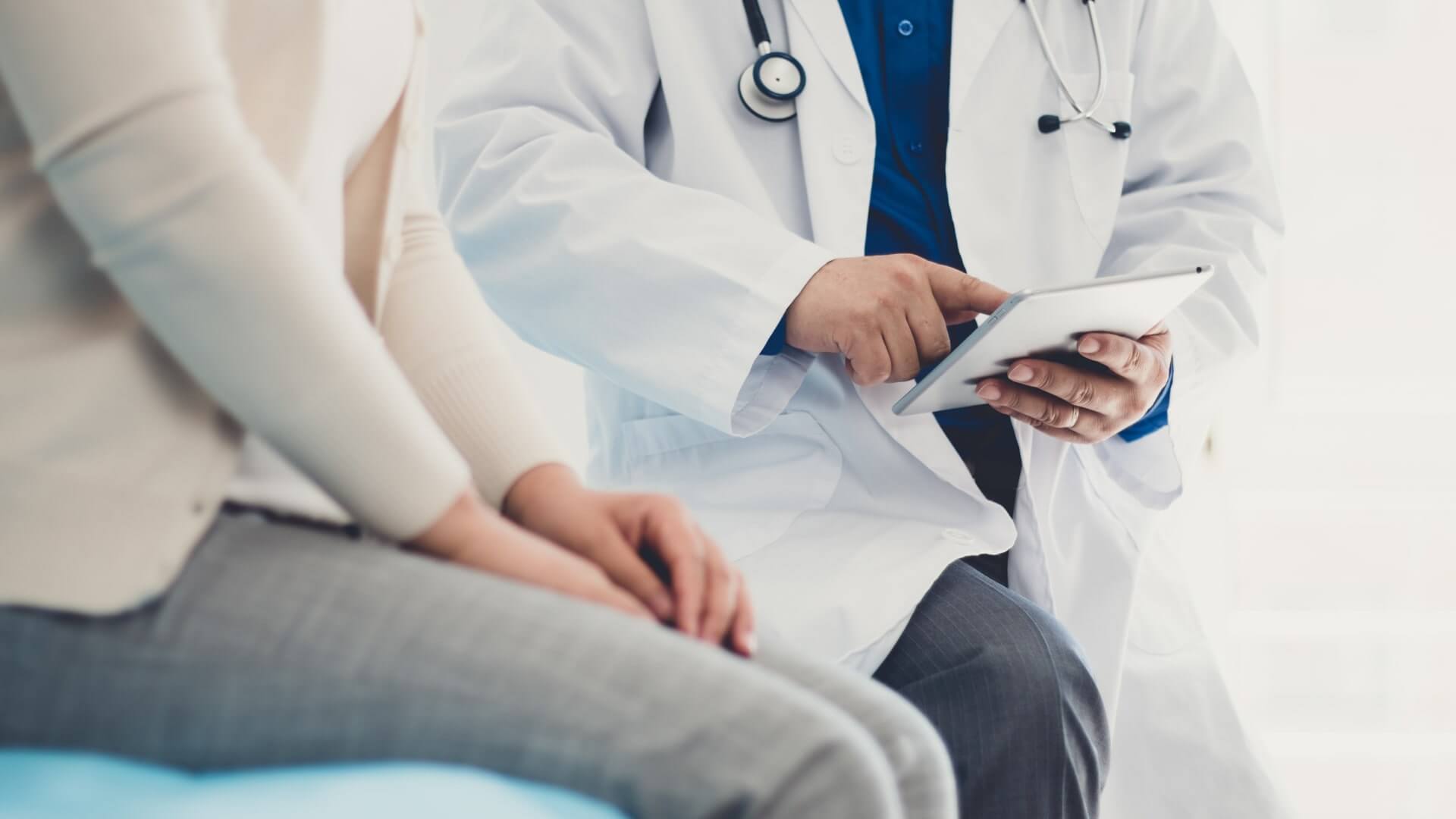
Hidden Injuries That Can Arise After a Car Accident — and What to Do Next
Learn about hidden injuries that can arise after a car accident. Comprehensive guide covering injury types, injury settlements, and steps to take after an accident. read more

How Dashcam Footage Can Completely Change Your Car Accident Claim
Discover how dashcam footage can transform car accident claims by providing clear evidence, resolving disputes, preventing fraud, and expediting insurance settlements. read more

Bitten But Blamed? How Insurance Companies Shift Fault in Dog Bite Claims
Discover how insurance companies shift blame in dog bite claims, the legal protections for victims in California, and steps to defend against unfair accusations. read more

What Is Considered a Catastrophic Injury in Personal Injury Law?
Understand catastrophic injuries in personal injury law - definitions, impacts, causes, and why specialized legal help is crucial for securing proper compensation. read more
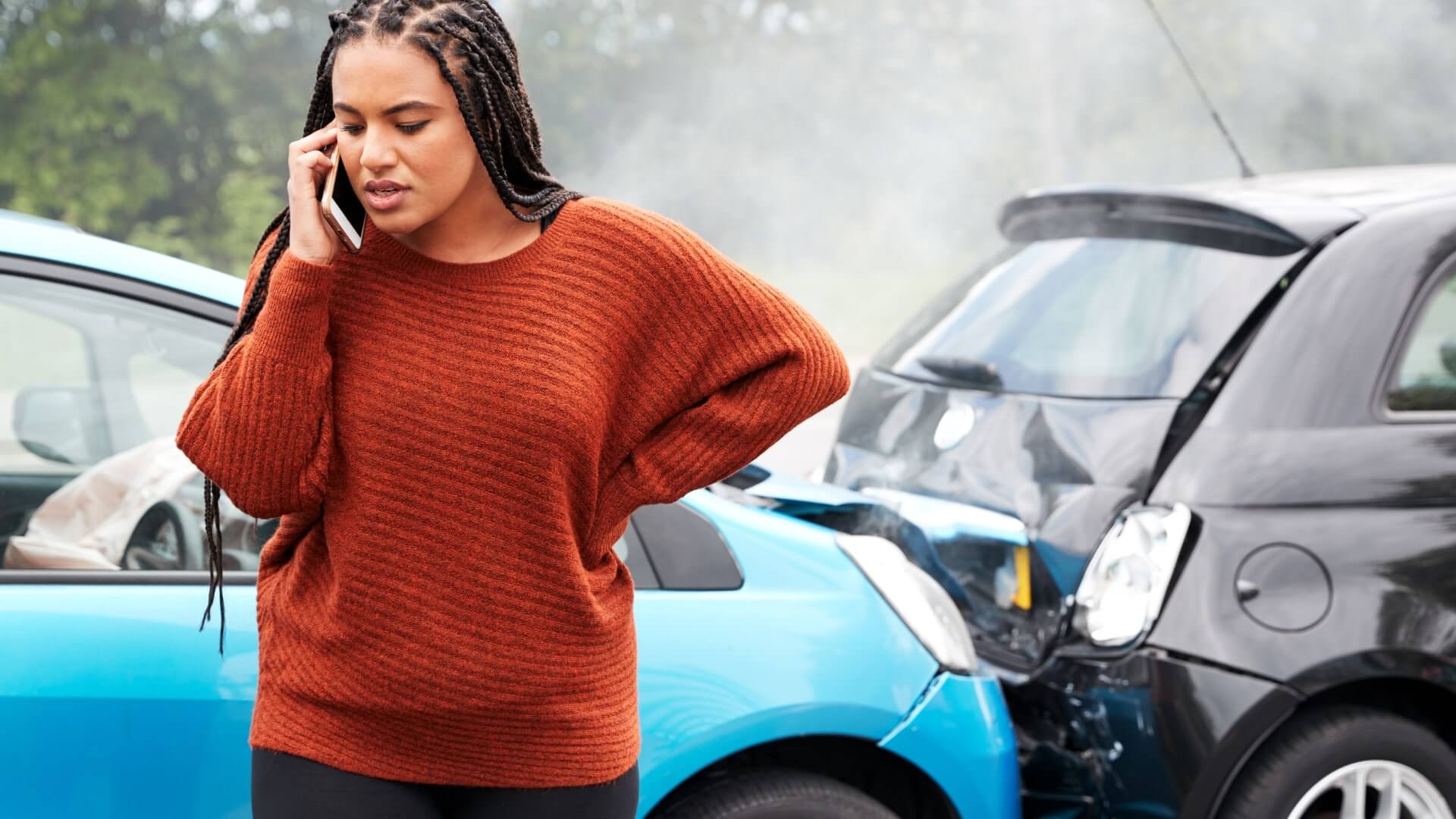
The Biggest Mistakes People Make After an Accident Causing Personal Injury
Discover the critical mistakes people make after injuries that can damage their compensation claims and learn how to avoid these costly errors. read more
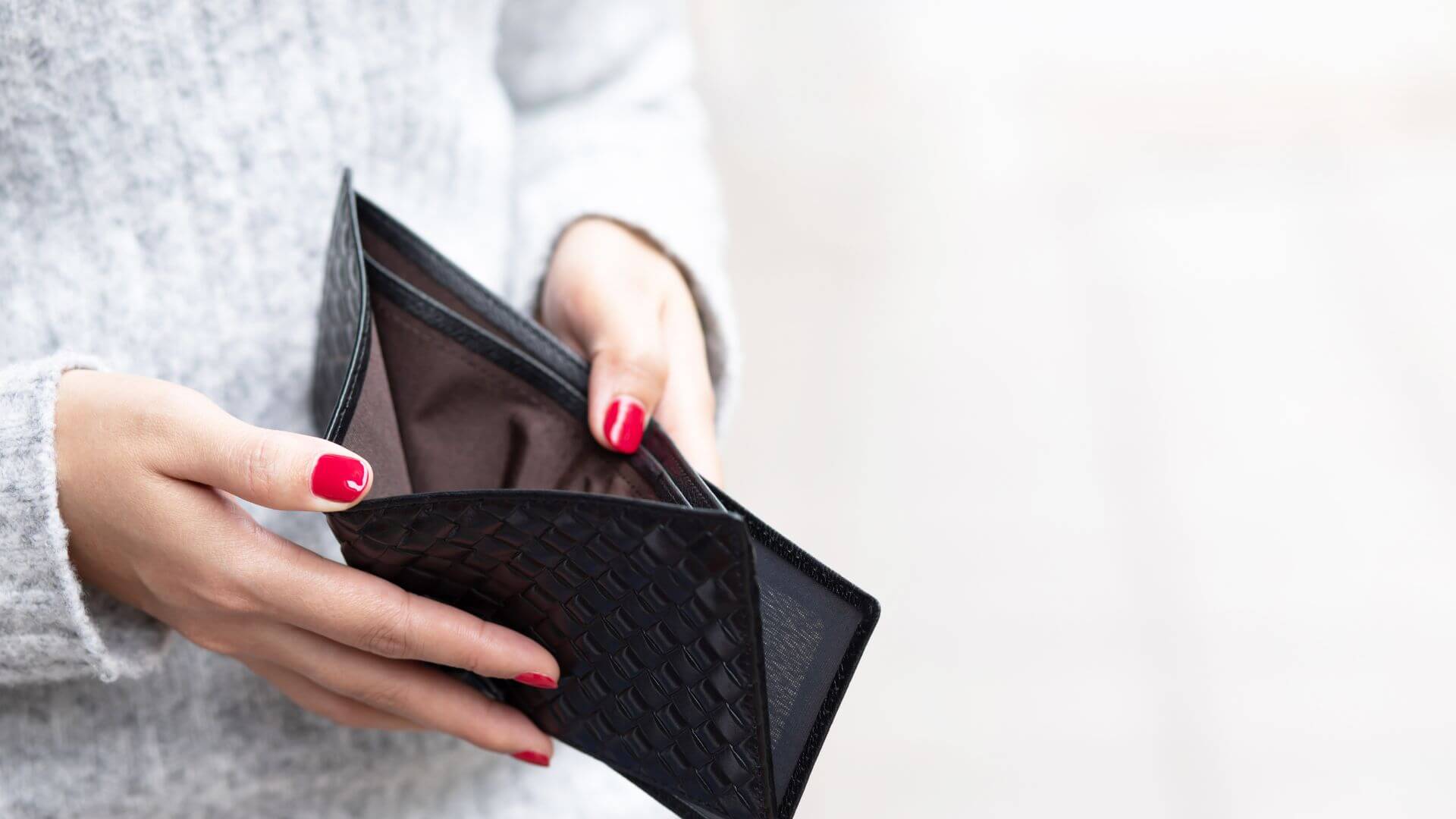
Financial Struggles After Accidents: Recovery & Legal Options
Explore the financial impact of injuries, from medical debt to lost wages. Learn legal options, coping strategies, and support for recovery stability. read more
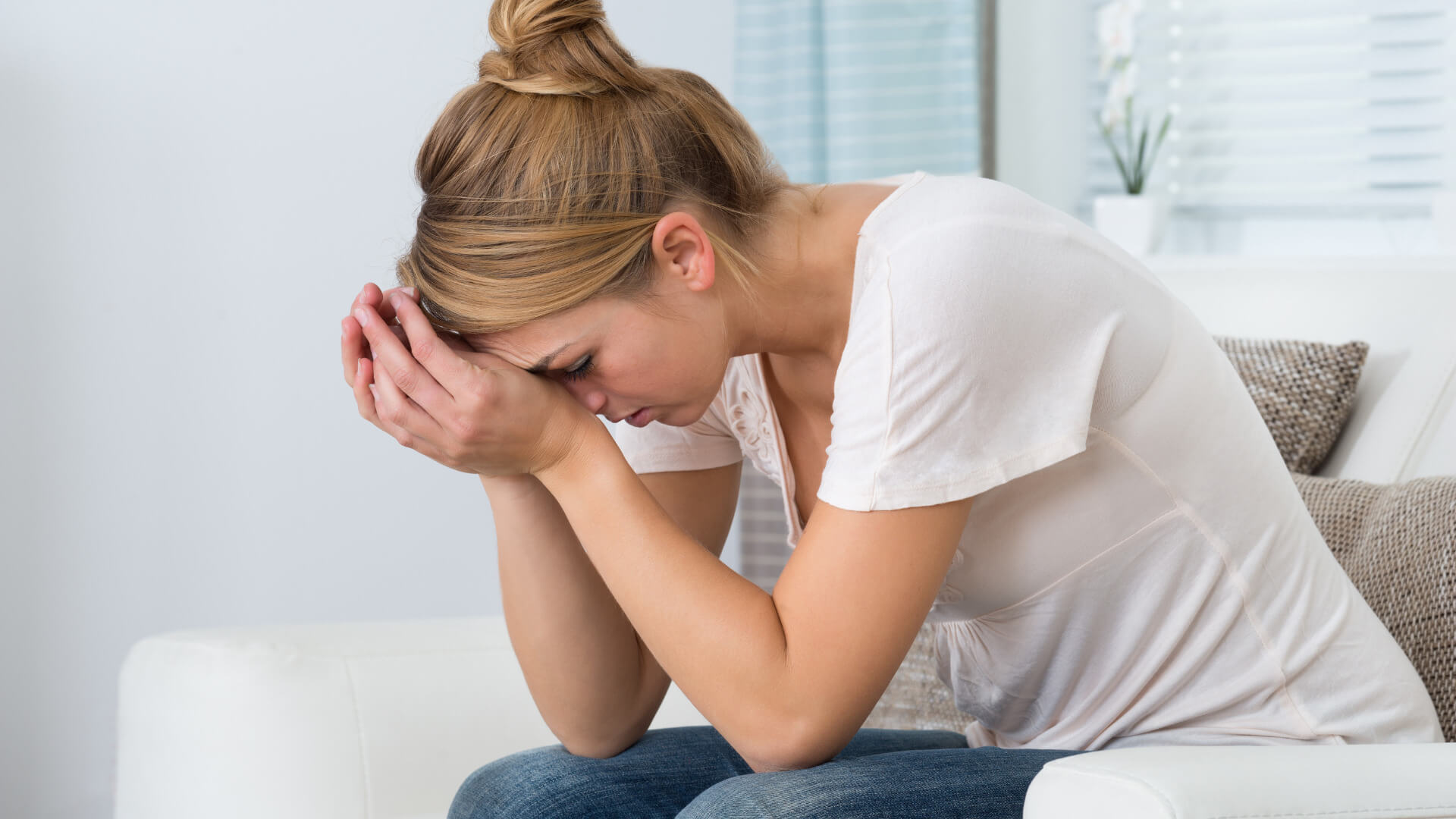
Emotional Trauma After an Accident: Understanding Your Rights and Recovery
Discover how emotional trauma after accidents affects mental health and daily life. Learn about your legal rights and the recovery journey to healing and compensation. read more

Motorcycle Accidents: Types of Injuries, Settlements, and Your Rights
Learn about motorcycle accident causes, safety tips, and legal rights. Comprehensive guide covering injury types, injury settlements, and steps to take after an accident. read more
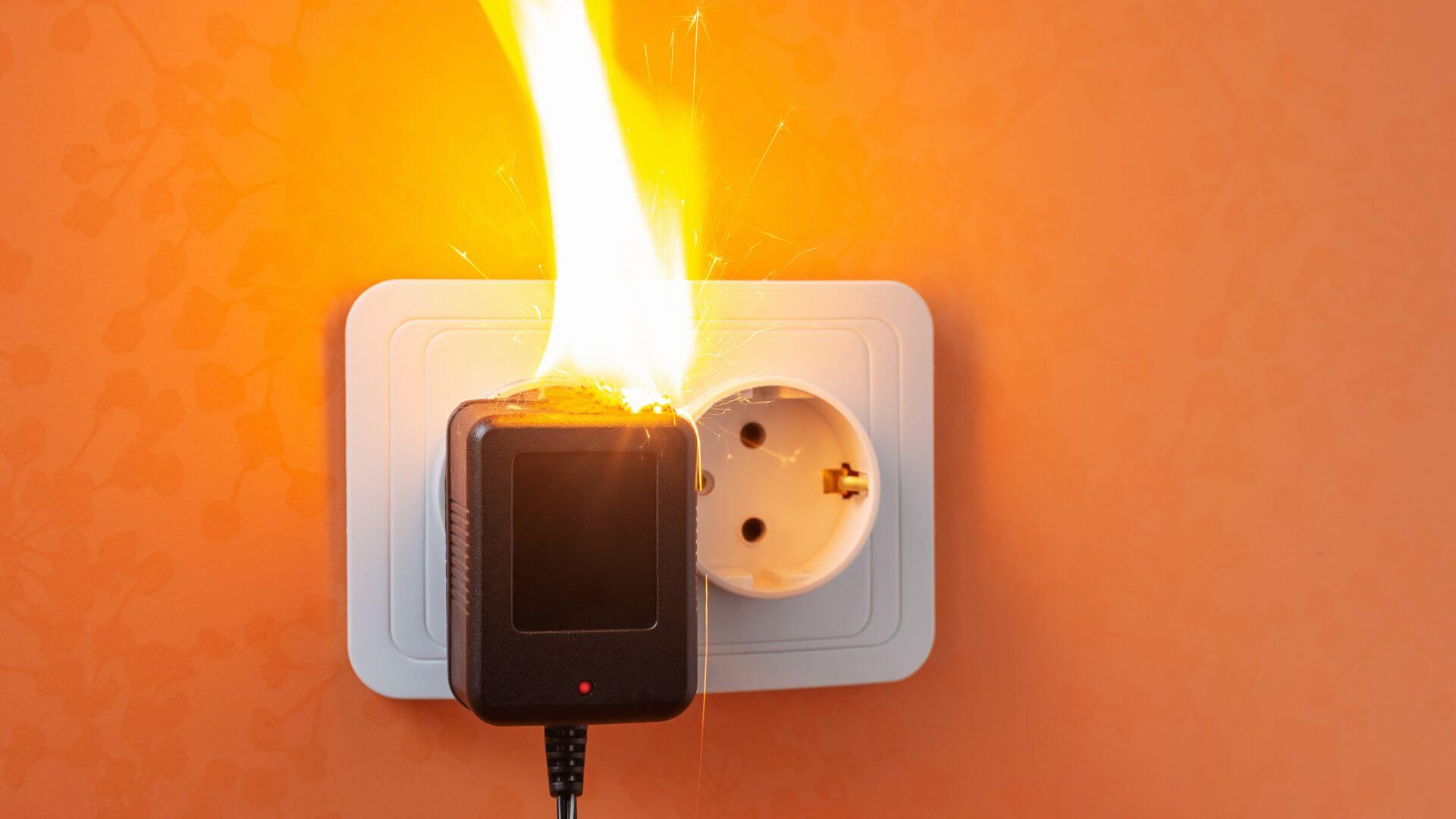
Product Liability in California: Protecting Consumer Rights
Learn about California product liability law, including types of defects, liable parties, and compensation available for injuries caused by defective products. read more
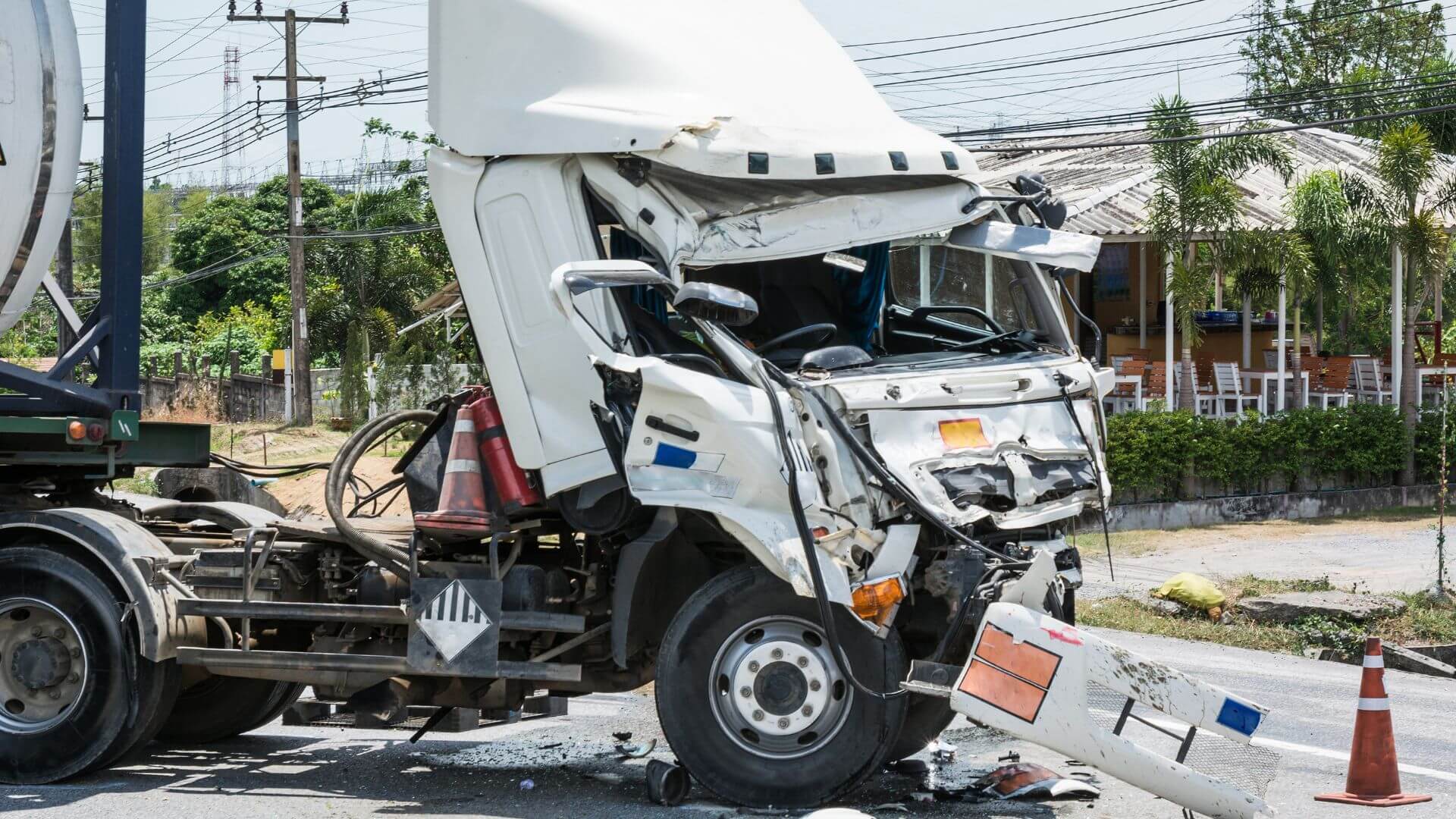
What Does a California Truck Accident Lawyer Do?
Learn how an experienced California truck accident lawyer can help maximize your compensation through expert investigation, evidence preservation, and strategic negotiation. read more

What to Do if You’ve Been in a California Car Accident?
If you’ve been in a car accident, you might be overwhelmed with the experience and what to do next. Your priority is your safety and health, and if you have been injured, getting the support you need to recover. read more
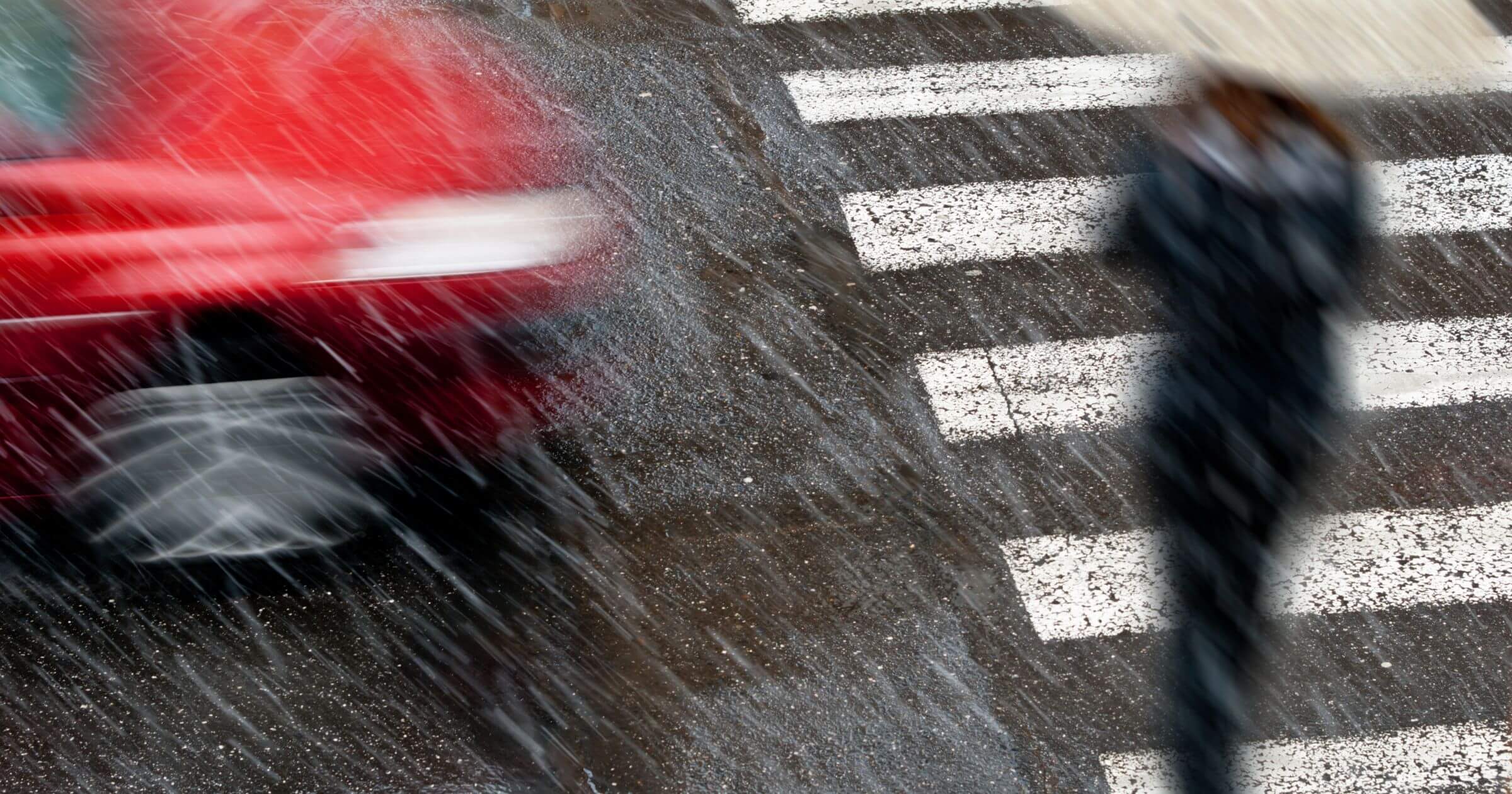
How long does it take to settle a pedestrian accident in California
When estimating the duration of a pedestrian accident settlement, it's important to consider all the factors that can influence the process. read more

California Prop 213 and Its Impact on Car Accidents
Proposition 213 was created in 1996, as a way to encourage motorists to get and maintain insurance. read more

How Much to Expect from a Car Accident Settlement in California
Car accidents are unfortunate events that can result in significant physical injuries and extensive medical treatment. read more
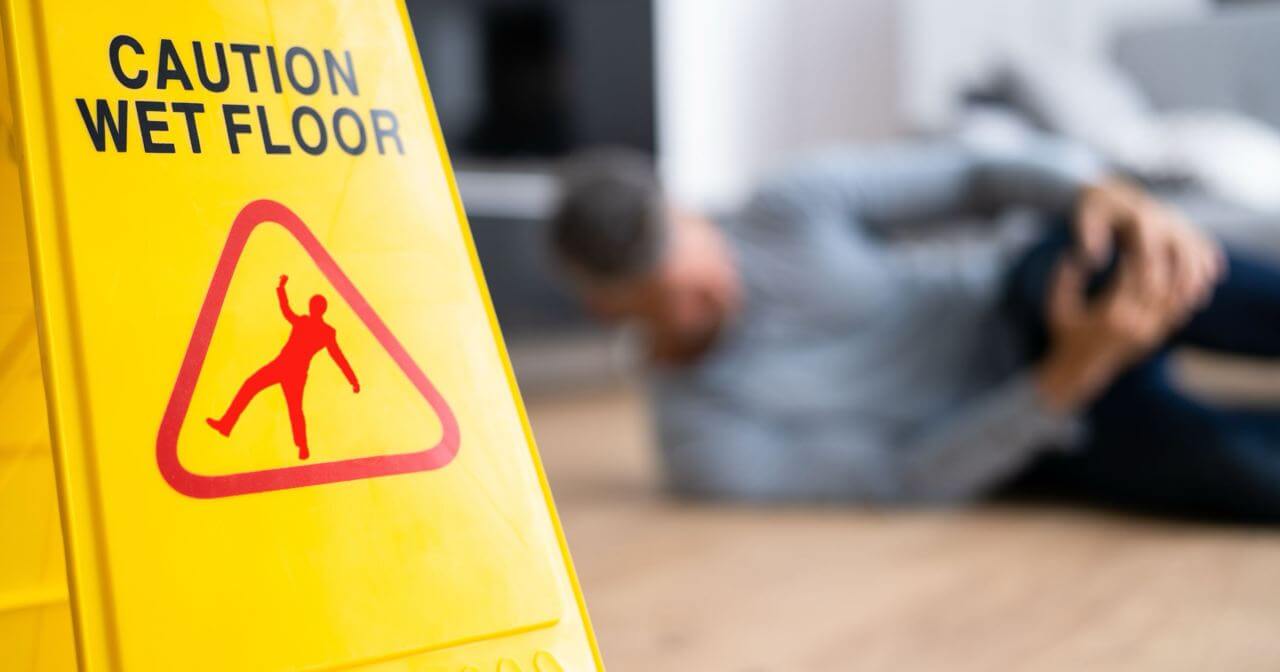
What to Do After a Slip-and-Fall Accident
This guide, while not a substitute for legal or medical advice, can help you figure out what to do in the short- and long-term after you’ve had an accident. read more